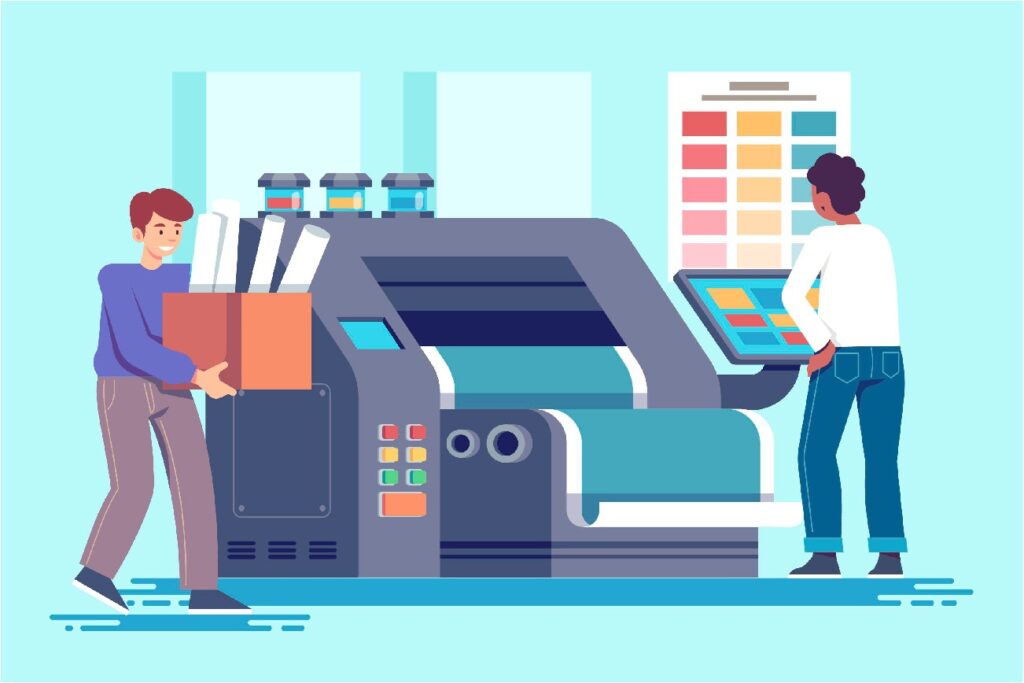In the paper and printing industry, indoor humidity levels directly affect product quality and production efficiency. Both high and low humidity can negatively impact the paper’s structure and the final print results. Therefore, maintaining the right humidity balance is essential at every stage of production.
What Problems Does Humidity Imbalance Cause?
Excessive humidity causes the paper to warp and lose its shape. It also makes it harder for ink to adhere to the paper surface. On the other hand, low humidity can make the paper brittle and lead to static electricity buildup. As a result, print quality decreases and the risk of equipment malfunction increases.
Where Is Humidity Control Needed?
Humidity control is especially important in the following areas of printing and paper facilities:
- Paper storage areas
- Printing lines
- Binding and packaging zones
- Ink preparation rooms
In addition, machine rooms and electrical panels must be kept at optimal humidity levels.
Systems in Use and Their Advantages
Desiccant dehumidification systems and automation-controlled air handling units are commonly used in this sector. These systems precisely regulate the indoor humidity.
Key advantages include:
- Improved paper and print quality
- Faster production processes
- Fewer equipment failures
- Reduced static electricity
- Energy savings
Moreover, automated systems constantly monitor and maintain humidity at optimal levels.
Maintaining proper humidity balance is critical for ensuring quality and consistency in the printing and paper industry. With the right dehumidification system, businesses can prevent product loss and reduce production costs.
Keywords
printing humidity control, paper production dehumidifier, print line humidity balance, paper storage humidity regulation, desiccant dehumidification unit, print quality humidity level, static electricity prevention, paper factory climate control, automated dehumidification system, industrial moisture control solutions
